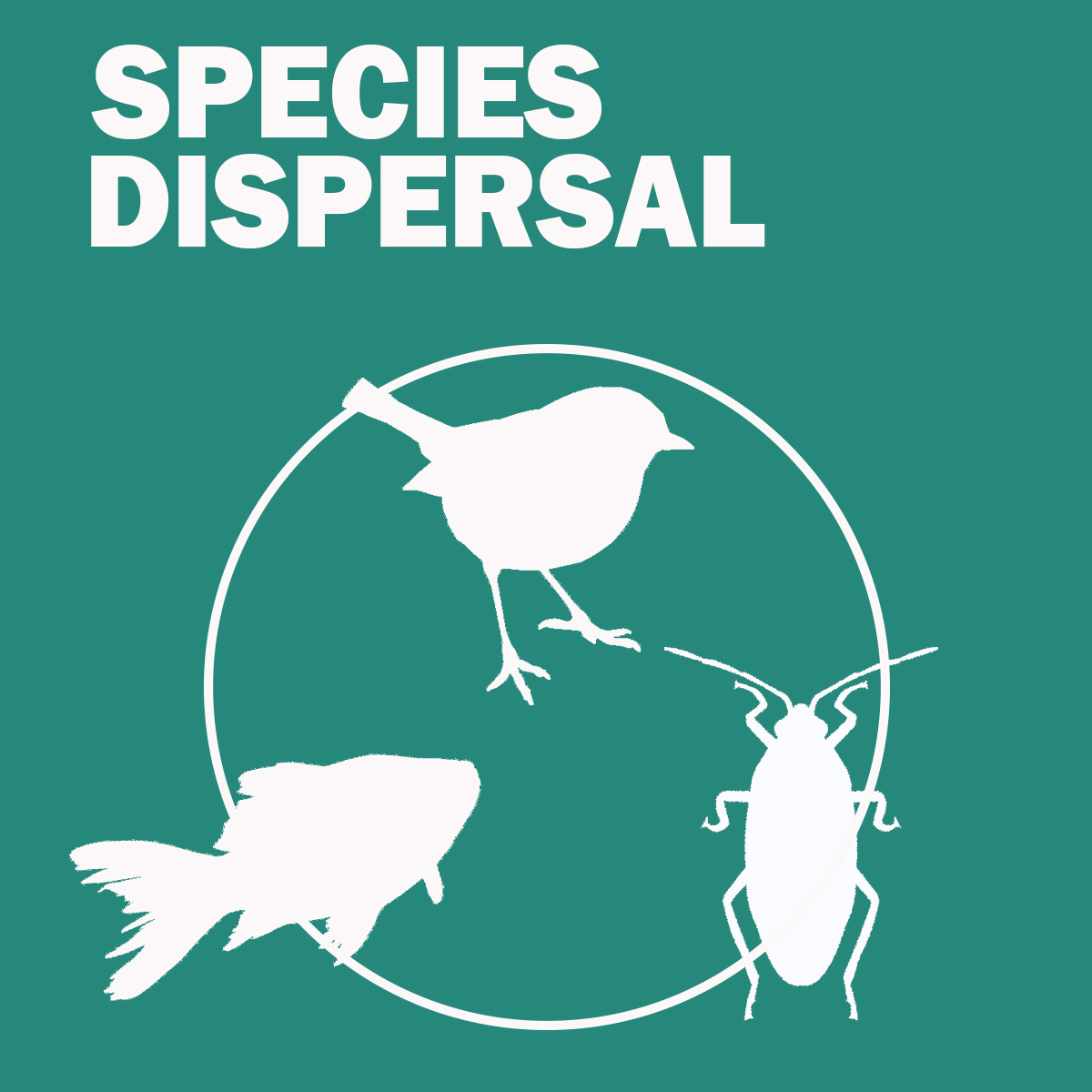Species Dispersal telecouplings include a number of subcategories. Species dispersal may result in a reduction in densities of animal, plant, or microbe species in the sending systems, but an increase in densities in the receiving and spillover systems, e.g., dispersal corridors. Changes in species densities may improve or harm environmental and socioeconomic sustainability in each system depending on their specific characteristics. Species Invasion results from invasive species that may occupy receiving and spillover systems, where they affect sustainability by altering land use and land cover, aquatic ecosystems, water quantity and quality, ecosystem services, economic revenues, and biodiversity. Sending systems may be affected through feedbacks from receiving and spillover systems, e.g., Mirex, a derivative of cyclopentadienem was exported from the U.S. (receiving system) to Brazil (sending system) to control the Red Imported Fire Ant that originates from South American countries including Brazil.
References
- Liu, J., V. Hull, M. Batistella, R. DeFries, T. Dietz, F. Fu, T. W. Hertel, R. C. Izaurralde, E. F. Lambin, S. Li, L. A. Martinelli, W. J. McConnell, E. F. Moran, R. Naylor, Z. Ouyang, K. R. Polenske, A. Reenberg, G. de Miranda Rocha, C. S. Simmons, P. H. Verburg, P. M. Vitousek, F. Zhang, and C. Zhu. 2013. Framing sustainability in a telecoupled world. Ecology and Society 18(2):26. https://www.ecologyandsociety.org/vol18/iss2/art26/
- Schröter, M., T. Koellner, R. Alkemade, S. Arnhold, K.J. Bagstad, K. Erb, K. Frank, T. Kastner, et al. 2018. Interregional flows of ecosystem services: Concepts, typology, and four cases. Ecosystem Services 31(Part B), pp. 231-241. https://www.sciencedirect.com/science/article/pii/S221204161730606X
